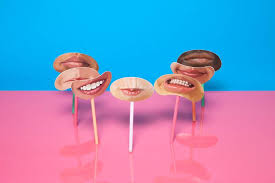Learning to Identify our Moods
What is mood and what affects it?
Mood is defined as a particular state of mind, or feeling. A predominant or pervading feeling, spirit, or tone. Our moods can be affected by our sleep patterns, the weather, the food we put in our bodies, what we watch on our screens, our environment, the people we spend our time with and our self-talk and perspectives on life.

Our moods can change throughout the day. At times we can also get stuck in particular mood states for longer periods. Our moods can also affect others. Just as we can experience a change in our own moods when around others, based on their moods! It can become a bit of a vicious cycle, so in order to not get sucked in to someone else’s mood, to not bring someone else down because of our mood, and to help ourselves to improve our mood, we have to first become aware of the mood we are in, whilst we are in the middle of it, and then work out what to do about it….
Mood Pie Charts
An activity that the youngsters have been enjoying lately is our Mood Pie Chart. I have asked the kids to select 5-6 different mood states that they recognize they experience regularly. They can call them whatever they like. I have provided them with a piece of paper, with the numbers down the side of the page. Then for each mood state, select an approximate percentage of time that they feel they experience that mood on a week-to-week or month-to-month basis. Then for each of the moods, select colours and create patterns that are symbolic or representative of those moods. Once we have all the information, we draw up the pie chart and work together to illustrate it.
Whilst much of this activity can be achieved in a non-verbal fashion, which many of these youngsters prefer, it’s interesting to see how much the activity communicates, and how it leads to conversations about the mix of emotions in different mood states, and how we would like the Pie Chart to look different in twelve months time.
One of my clients has given permission for me to share a picture of her Mood Pie Chart. One of the things we found most interesting is how she has paired Confused with Anxious. We spoke about how the two individual emotions are actually quite different in emotional intensity, and how we would like to work towards separating the experience for her.

This would enable her to change the relationship she has with confusion, and become empowered to manage and respond to it differently, so that it does not escalate to a more heightened feeling of anxiety. We also discussed how we would like to see some of the pie pieces shrink in size, and others grow for improved moods on a more regular basis.

